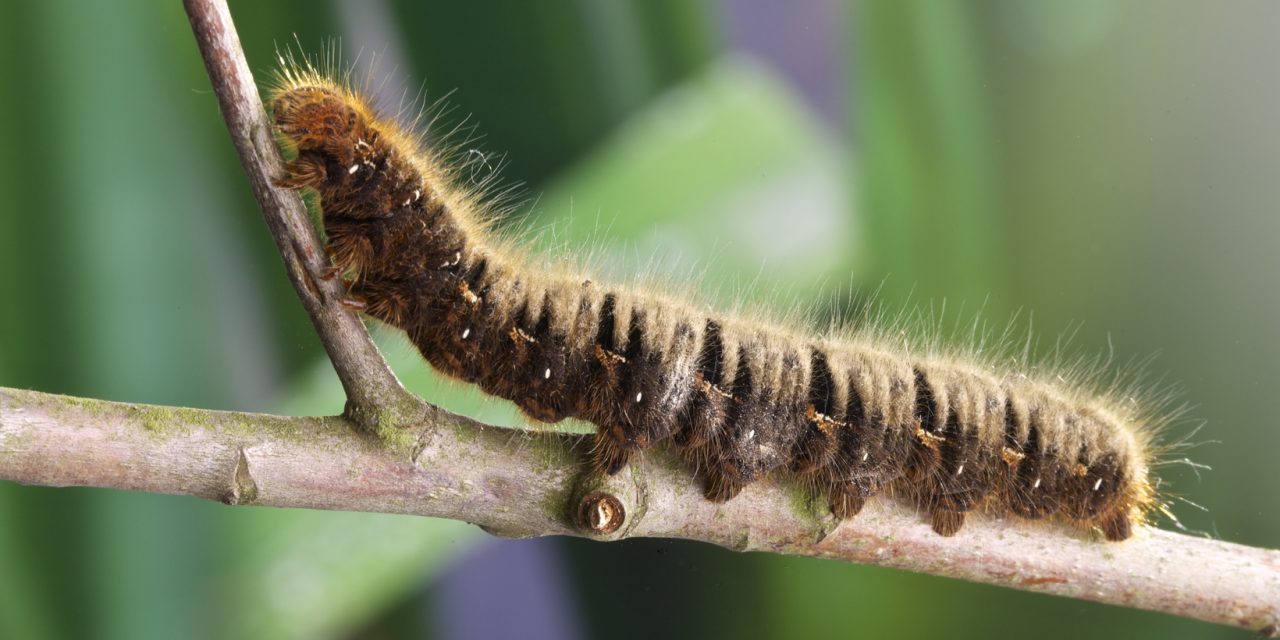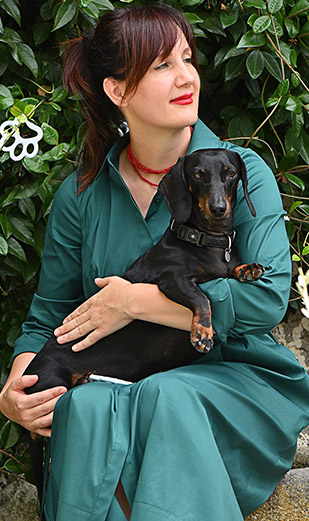Have you ever heard of “procession”? We are talking of caterpillars! Yes, a procession is just the correct word to describe these small furry caterpillars when they leave their air nests to reach the floor, all lined up like in a procession by forming very long lines.
These caterpillar, called “Taumetopoea Pytocampa” are moths with an apparently harmless aspect but they can provoke very serious wounds during their larval phase, while they are absolutely harmless when adults as butterflies.
The presence of these insects is conditioned by good climate, duration of light and darkness and by the presence of some threes they feed from.
Between March and April they leave their nests located in the highest branches of pines and oaks to get down on the ground and complete their vital cycle.
Form now on, the insects will proceed lined up one attached to another until going deep in the soil for 10/15 cm top transform in the adult insect. Sometimes their underground nests can rest silent for long years even 5/7.
Their danger is caused by the irritating fur that cover all the surface of their body, very thin to enter anywhere. All the warm blood animals can be hit by this irritating fur.
The dog, curious for nature, could be directly in contact with the caterpillars by going near the “procession”. The contact can occur even when he digs a hole, above all at the feet of the trees or for contact with some hair taken by the wind. We know that dogs like to stay with face in the ground by searching odorous traces and a painful contact with such insects could be very dangerous and provoke death very fast.
The reaction will be immediate and sometimes so serious to provoke death for suffocation.
The hit animal will have a strong pain the point of contact (generally the face), abundant salivation and respiratory difficulty to allergic reaction of the mucosa of the pharynx, nose and tongue ( in very serious cases you can see also necrosis).
If you should rescue your dog, try immediately to wash the hit part with a lot of water, by protecting your hands with single-use gloves to avoid painful allergic reaction. Then, go to the veterinary immediately.
Personally I suggest to bring a phial of cortisone always with you above all during walks in the hottest months, which can be used against stings of bees etc. ( please see the article where we speak of stings of insects). To give the correct care at the right moment is fundamental for the therapy.











